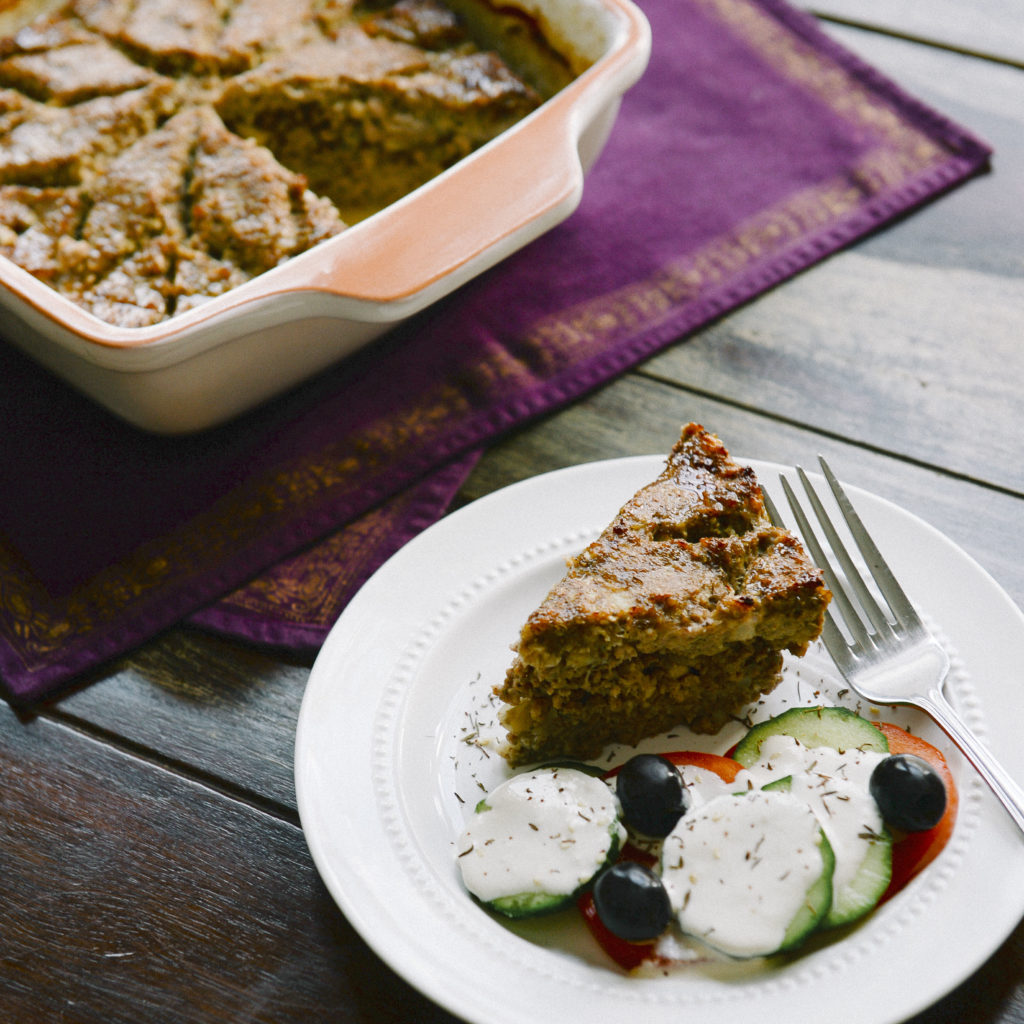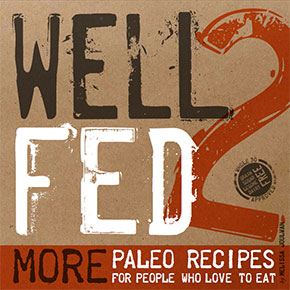You guys! I've had this post about my dad's visit to Vermont—and the subsequent Middle Eastern feast—in my drafts since November 3, 2015. That was...
Read MoreThe Story of Kibbeh Sinayee
In each issue of Paleo Magazine, I share the history of a traditional recipe and adapt it to fit into a healthier paleo lifestyle. This time, I’m sharing one of my favorite recipes from childhood.

Lebanese Comfort Food
Like it’s all-American cousin meatloaf, the Middle Eastern dish kibbeh is pretty much the definition of Arabic comfort food. It comes in many savory forms including deep-fried, oval-shaped balls; stuffed into a chewy dough for baked meat pie; large flat trays that bake quickly in the oven; raw, like steak tartare, drizzled with olive oil; or Kibbeh Sinayee, a double-shot of lamb, that’s decorated with diamonds on the top.
At its heart, kibbeh is simply lean ground beef, lamb, goat or camel meat—at our house it was always freshly-ground leg of lamb—that’s seasoned with salt and mixed with cracked bulgur wheat. Levantine cooks may also add a pinch of spices like cinnamon, nutmeg, clove, or allspice. My dad, a.k.a., my favorite Lebanese chef, always added minced onion, mint, and a little earthy cumin. This is the taste of my childhood. Most adults have a soft spot for the mac-and-cheese or chicken nuggets of their youth, but I yearn for raw lamb and the singular scent of mint blended with cumin.
The raw stuff is known as Kibbeh Nayyeh, but perhaps you’ll enjoy the more accessible, baked version:Kibbeh Sinayee (or Kibbeh bil Sayneeyeh).
The baked kibbeh begins with seasoned lamb that’s ground very smooth so it has the texture of paté. This is layered with a crumbled lamb-and-pinenut filling, browned to crispiness. Using a sharp knife, the top of the meat pie is decorated with a diamond pattern before it slides into the oven.
Traditional kibbeh uses cracked wheat as a binder to give the meatloaf both a tenderness and a little bite, along with a slight nutty flavor. In my recipe, I replaced the cracked wheat with riced cauliflower to achieve the same effect and make this ancient dish compliant with the paleo framework.
Kibbeh can be served hot out of the oven or at room temperature, and like so many other comfort foods, the flavors improve it if sits for a day or two before eating. I’ve been caught far too many times eating it directly from the fridge—with my hands—at snack time.
You can easily turn this recipe into a Middle Eastern Feast by adding cauliflower rice—roasted in the oven at the same time as the kibbeh—and a simple salad made of diced tomatoes, cucumbers, onion, and mint, topped with a drizzle of Tahini Dressing. Don’t forget the grain-free pita bread!
Get the recipe for Kibbeh Sinayee here!
More Like This...
I've probably eaten hundreds (if not thousands) of stuffed grape leaves in my life. And about 99% of them were made by my dad. We...
Read More



